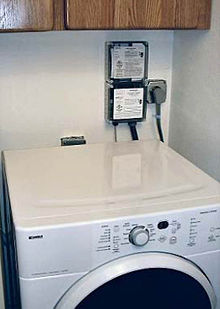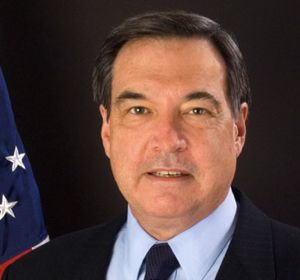What new energy sources are being deployed the fastest in the U.S.? According to FERC, the Federal Energy Regulatory Commission, it’s not what you may think. The big winners are coal, wind, and solar.
According to the report Office of Energy Projects Energy Infrastructure Update For December 2012, Coal, while accounting for only 17% of new capacity in 2012, unfortunately increased by 133% over new capacity installed in 2011. Natural gas did account for the second most new installed capacity in 2012, 33%, but the amount in megawatts installed actually decreased by 20% from 2011.
The most new capacity installed in 2012? Wind, at 40%, with a 56% increase over new installations in 2011. That’s right, wind beat natural gas 40% to 33% in total new capacity in 2012, and whomped gas in increase in new capacity in 2011, by 56% to -20%.
While solar only accounted for 5.59% of new capacity in 2012, that was an increase of 30% over new capacity in 2011, which is way more than gas and after only coal and wind.
| December 2012 | January – December 2012 Cumulative | January – December 2011 Cumulative | Percent of Total New 2012 | Percent Increase 2011- 2012 | ||||
|---|---|---|---|---|---|---|---|---|
| Primary Fuel Type | No. of Units | Installed Capacity (MW) | No. of Units | Installed Capacity (MW) | No. of Units | Installed Capacity (MW) | ||
| Coal | 4 | 1,434 | 8 | 4,510 | 15 | 1,932 | 17.1% | 133% |
| Natural Gas | 6 | 2,306 | 94 | 8,746 | 108 | 11,020 | 33.1% | -20.6% |
| Nuclear | 0 | 0 | 1 | 125 | 0 | 0 | 0.474% | -% |
| Oil | 0 | 0 | 19 | 49 | 66 | 136 | 0.186% | -64% |
| Water | 2 | 4 | 13 | 99 | 41 | 94 | 0.375% | 5.32% |
| Wind | 45 | 3,095 | 164 | 10,689 | 146 | 6,844 | 40.5% | 56.2% |
| Biomass | 5 | 91 | 100 | 543 | 131 | 446 | 2.06% | 21.7% |
| Geo- thermal Steam | 2 | 9 | 13 | 149 | 9 | 56 | 0.565% | 166% |
| Solar | 16 | 77 | 240 | 1,476 | 354 | 1,131 | 5.59% | 30.5% |
| Waste Heat | 0 | 0 | 1 | 3 | 2 | 136 | 0.0114% | -97.8% |
| Other | 2 | 0 | 5 | 0 | 11 | 0 | 0% | -% |
| Total | 82 | 7,016 | 658 | 26,387 | 883 | 21,795 | 100% | 21.1% |
Source: Data derived from Ventyx Global LLC, Velocity Suite.
Last two columns added by jsq for LAKE www.l-a-k-e.org 24 January 2013.
Biomass unfortunately accounted for Continue reading



